How to Travel Anywhere in India for Only Rs.500 a Day: A Budget Traveler’s Guide
Traveling in India doesn’t have to be expensive. In fact, it’s possible to explore the diverse landscapes, rich culture, and vibrant cities of India for as little as Rs. 500 a day. Whether you’re a student on a budget, a solo traveler, or someone simply looking to experience the real India without breaking the bank, this guide will show you how to travel smart and stretch your budget.
Here are some top tips and tricks to help you travel anywhere in India for just Rs. 500 per day:
1. Opt for Budget Accommodation
Accommodation is one of the most significant expenses when traveling, but in India, there are plenty of budget-friendly options. Here’s how you can save on stays:
- Hostels & Dormitories: Many cities have hostels where you can book dormitory-style beds for as low as Rs. 200-300 per night. They offer basic amenities, Wi-Fi, and a chance to meet fellow travelers.
- Couchsurfing: This free service connects you with locals who offer a place to stay in their homes. It’s an excellent way to stay for free while learning about local culture from your host.
- Guesthouses & Homestays: In rural or less touristy areas, guesthouses or homestays can cost as little as Rs. 300-400 per night, and they often provide a more authentic experience.
2. Use Public Transport
Public transportation is an excellent way to explore India on a budget. Here’s how to make the most of it:
- Buses: Most cities and towns in India are connected by affordable bus networks. A bus ride can cost as little as Rs. 20-50, depending on the distance.
- Trains: Indian Railways offers budget-friendly options like sleeper class, which is inexpensive and widely available. Booking tickets well in advance can help you snag a seat for as little as Rs. 100-200 on shorter routes.
- Local Transport: Rickshaws, cycle-rickshaws, and auto-rickshaws are common in cities. Negotiating the fare beforehand or using ride-sharing apps like Ola and Uber can help you save money on short rides.
3. Eat Like a Local
Food in India is incredibly diverse and delicious, and you can enjoy a hearty meal for just a few rupees. Here’s how to eat well on a budget:
- Street Food: India is famous for its street food, and it’s one of the most affordable ways to eat. From vada pav and samosas to chaats and dosas, street food can cost as little as Rs. 30-100 for a full meal.
- Local Dhabas: Small, family-run roadside restaurants (dhabas) offer wholesome meals at low prices. A simple thali (a traditional Indian meal) can cost between Rs. 50-150, depending on the region.
- Markets and Supermarkets: If you’re on the go, buying fruits, snacks, and even packaged meals from local markets or supermarkets can help you save money.
4. Free Attractions & Outdoor Activities
India has a rich cultural heritage and diverse landscapes, and many attractions are completely free or come at a very low cost. Here are some ways to enjoy the sights without spending much:
- Temples and Religious Sites: Many temples, mosques, and other places of worship are free to visit. In fact, these sites are often the center of cultural life in India and provide unique insights into local customs and traditions.
- Natural Sights: Explore India’s beautiful landscapes, from the Himalayan mountains to the beaches of Goa. Trekking, hiking, and simply enjoying nature is free. Popular places like parks, lakes, and rivers offer scenic beauty and are perfect for a relaxing day out without spending a penny.
- Cultural Festivals and Events: Check local event calendars for free festivals, exhibitions, or cultural performances. Many cities host free public events during festivals like Diwali, Holi, or Independence Day.
5. Travel Off-Peak
Traveling during off-peak seasons is a great way to save money, as prices for accommodation, transport, and attractions can be significantly lower. Avoid peak tourist seasons (like holidays and summer months) and plan your trips during the shoulder or off-peak seasons when the crowds are thinner, and costs are reduced.
6. Work & Travel
If you’re staying in India for an extended period, consider combining work with travel. Many hostels, cafés, and even farms offer free accommodation or meals in exchange for work. Websites like Workaway or WWOOF India connect travelers with hosts looking for help in exchange for food and lodging.
- Teaching English: If you’re in a city with a good expat community, you may be able to find short-term English teaching gigs or tutoring opportunities, which could help offset your travel costs.
7. Use Travel Apps & Discounts
India is home to a number of travel apps that offer discounts, deals, and other money-saving tips for travelers:
- RedBus and MakeMyTrip often have discounts on bus and train bookings.
- Ola and Uber offer ride-sharing options that can be cheaper than rickshaws.
- IRCTC for train bookings often has great deals and discounts if booked in advance.
Many cities also have free Wi-Fi zones or apps for local transportation, so be sure to use these to reduce your costs.
8. Use Bargaining Skills
Haggling is an important part of Indian culture, and you can save a lot of money by negotiating prices, especially in markets, street vendors, and local shops. Whether it’s for souvenirs, transport fares, or food, don’t be afraid to ask for a better deal. In many cases, a little negotiation can help lower prices by 20-30%.
Conclusion
Traveling anywhere in India on just Rs. 500 a day is entirely possible with a little planning, smart choices, and a willingness to embrace local culture. By opting for budget accommodation, using public transport, eating at local eateries, and making the most of free attractions, you can experience the richness of India without spending a fortune. Whether you’re exploring the mountains of Himachal, the temples of Tamil Nadu, or the streets of Delhi, a memorable trip awaits you—at a fraction of the cost.
So pack light, travel smart, and get ready to explore India on a shoestring budget!





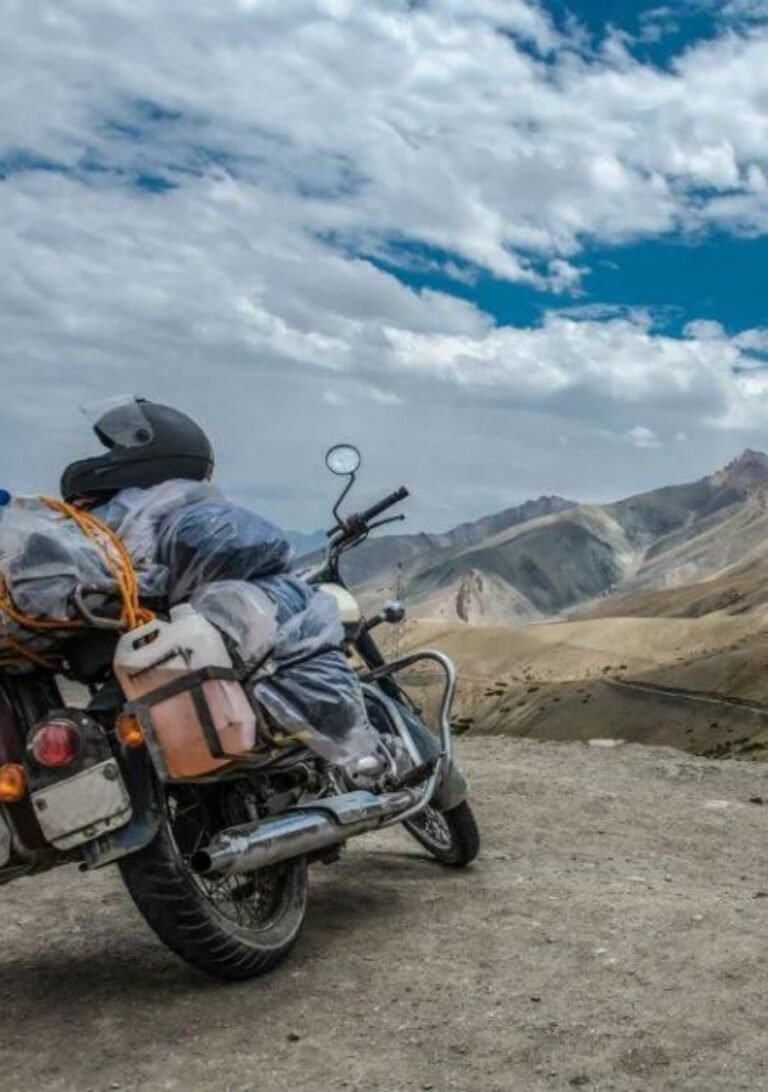
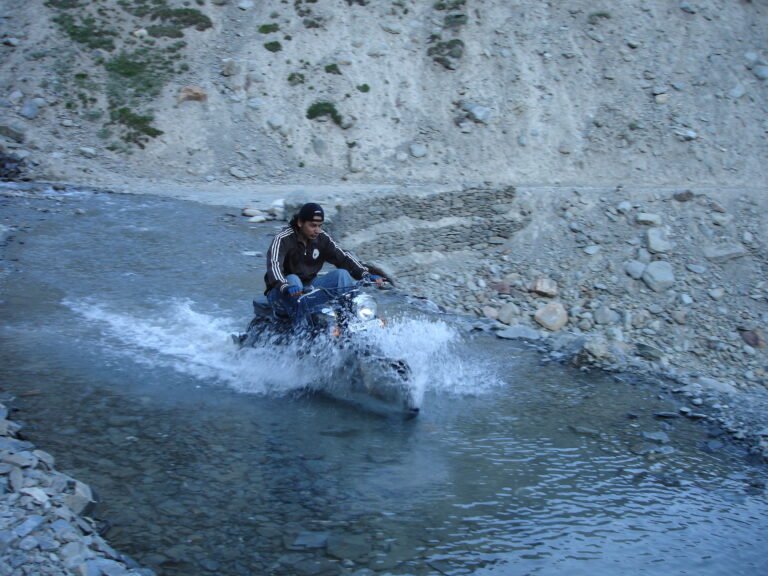
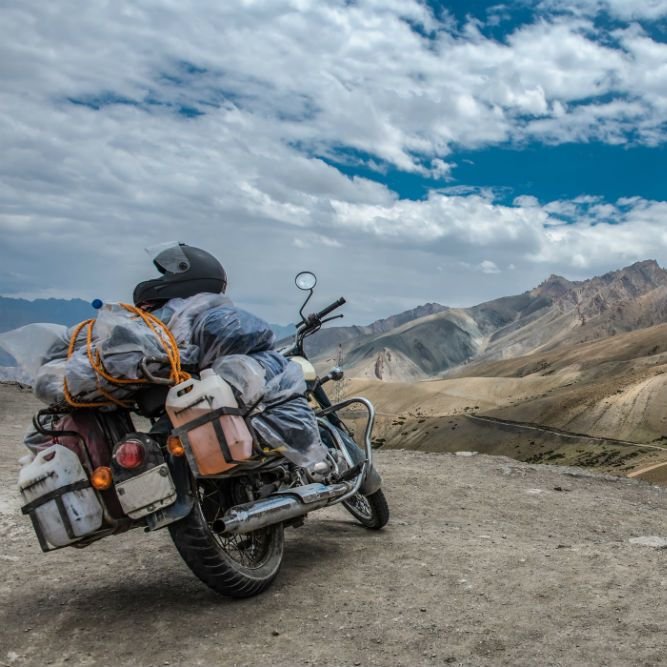


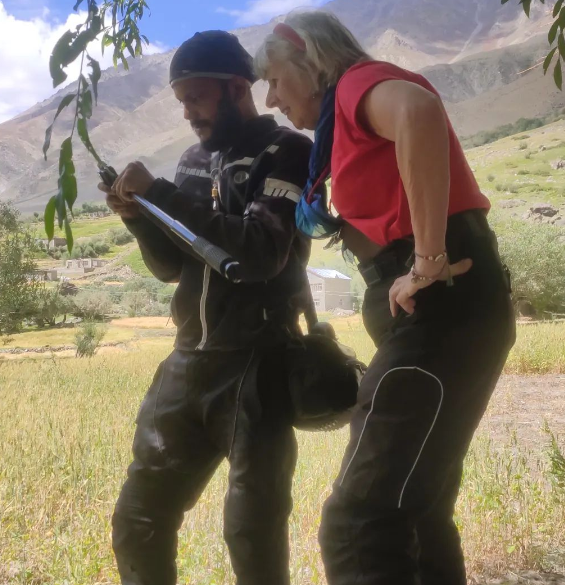










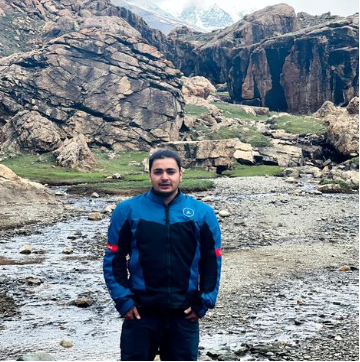

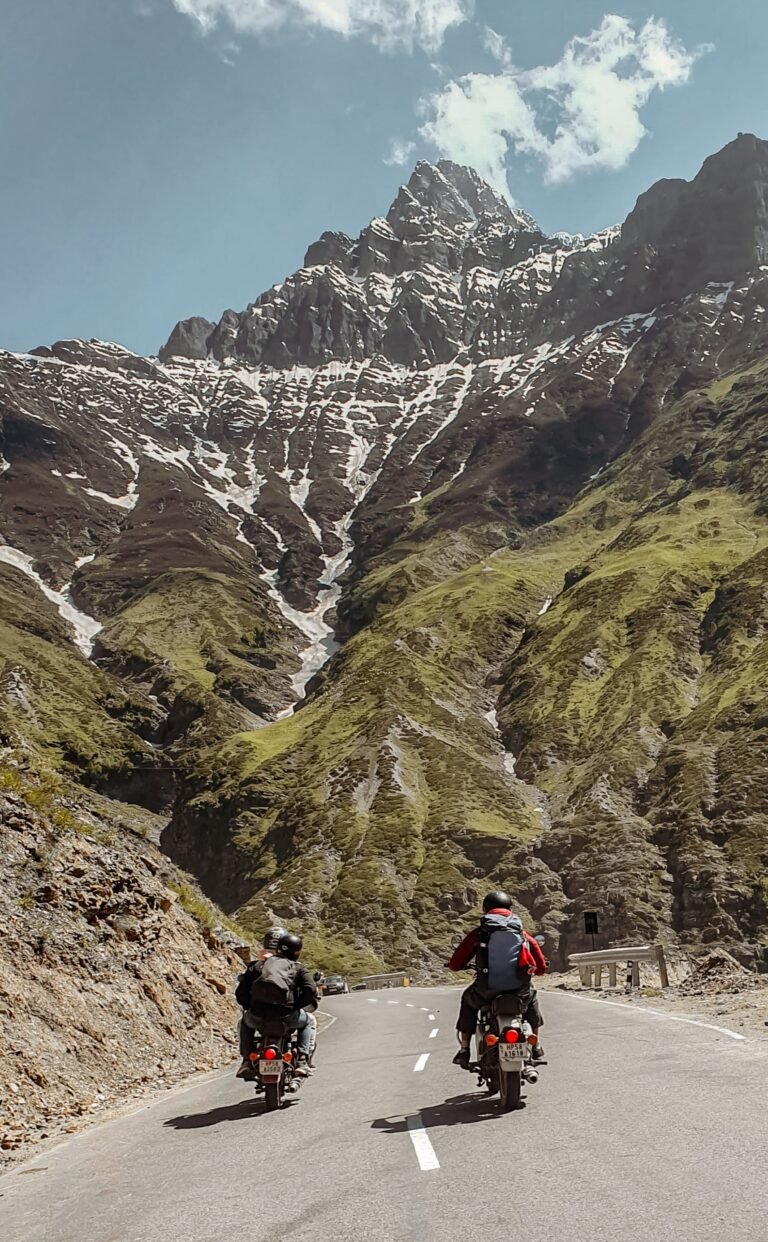
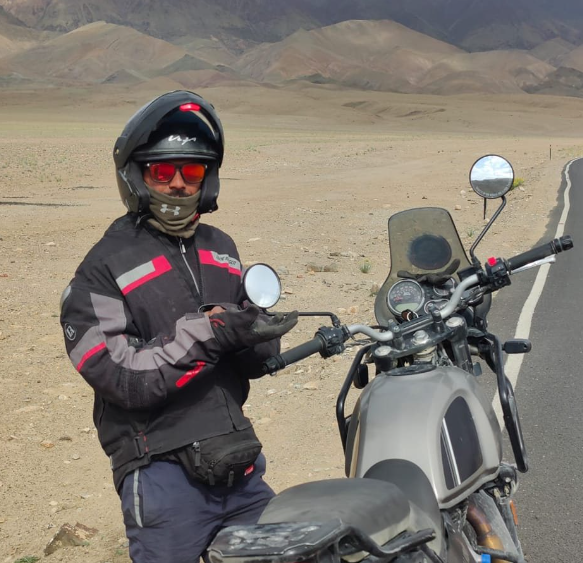
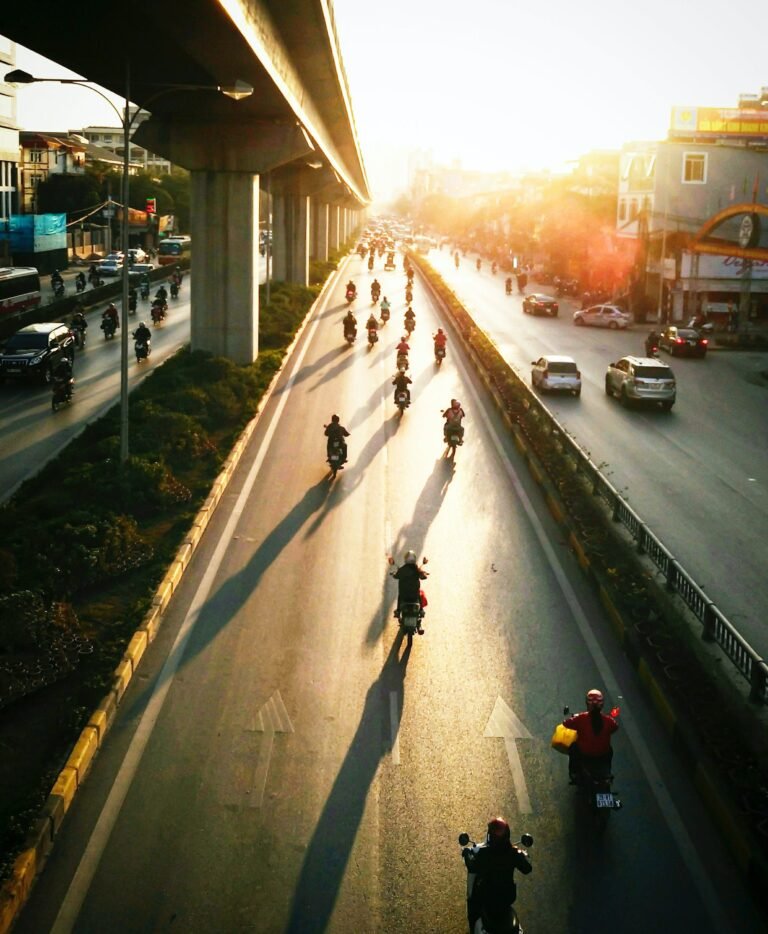

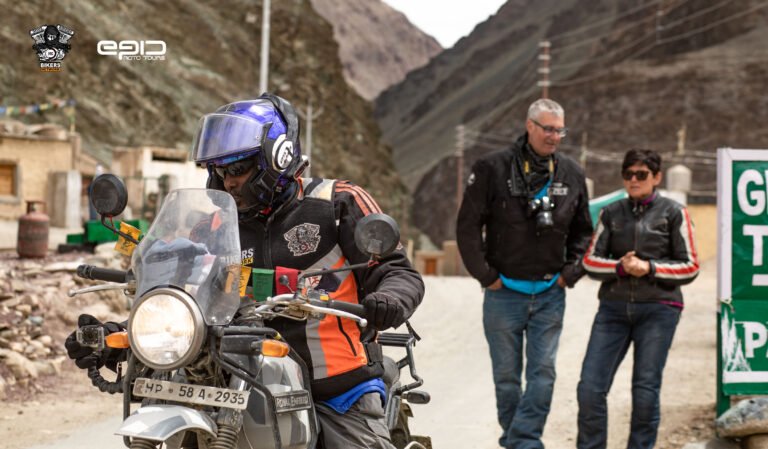


Recent Comments